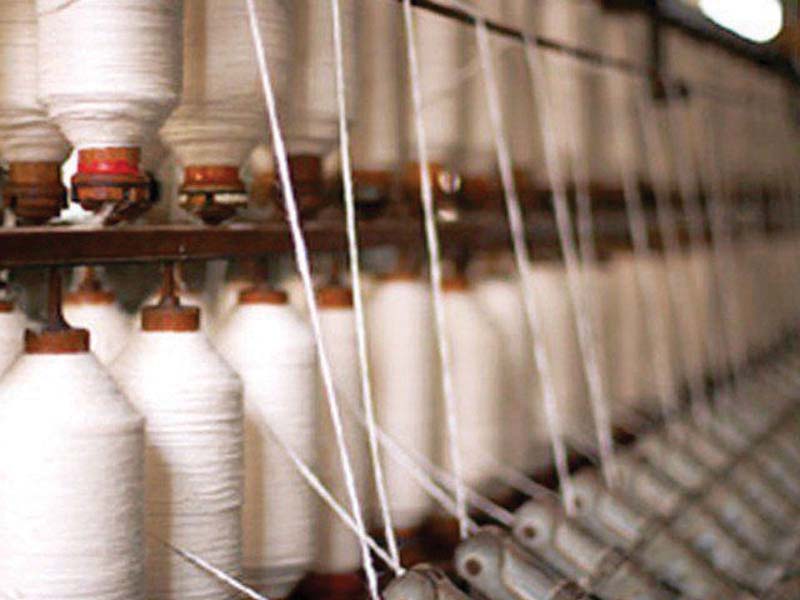
A research conducted by the Lahore School of Economics suggests that this works through the introduction of imports that increases competition and lowers the average cost of production due to the exit of low-productivity firms.
Research showed that the average sales from exports were approximately 51% of total sales in Punjab and that many exporters in Pakistan don’t have a significant domestic presence. Exporting firms have been found to have 29% higher revenues and 150% more output even after controlling for firm level characteristics such as geographical locations and ownership status. The labour productivity of exporting firms was found to be two to three times higher than that of non-exporters and exporters were doing better in terms of larger firm sizes, more employment opportunities, higher compensation and greater productivity.
The researchers found that apparel producers are doing well and exporting nearly 93% of their output. This sector employs on average 400 workers per organisation and offers significantly higher compensation which makes the sector favourable for exports. Therefore, the government’s recent emphasis on developing the readymade garments sector is well placed.
The researchers also found generally that the capital to labour ratio among exporters was twice than that of non-exporters. Exploring some additional dimensions by which the exporting and non-exporting firms differ, it was found that the average exporting firms tended to use a larger share of imported material in their input mixes than non-exporting firms.
Published in The Express Tribune, September 2nd, 2016.
Like Business on Facebook, follow @TribuneBiz on Twitter to stay informed and join in the conversation.

1722586547-0/Untitled-design-(73)1722586547-0-165x106.webp)


1732326457-0/prime-(1)1732326457-0-165x106.webp)

1719053250-0/BeFunky-collage-(5)1719053250-0-270x192.webp)










COMMENTS
Comments are moderated and generally will be posted if they are on-topic and not abusive.
For more information, please see our Comments FAQ